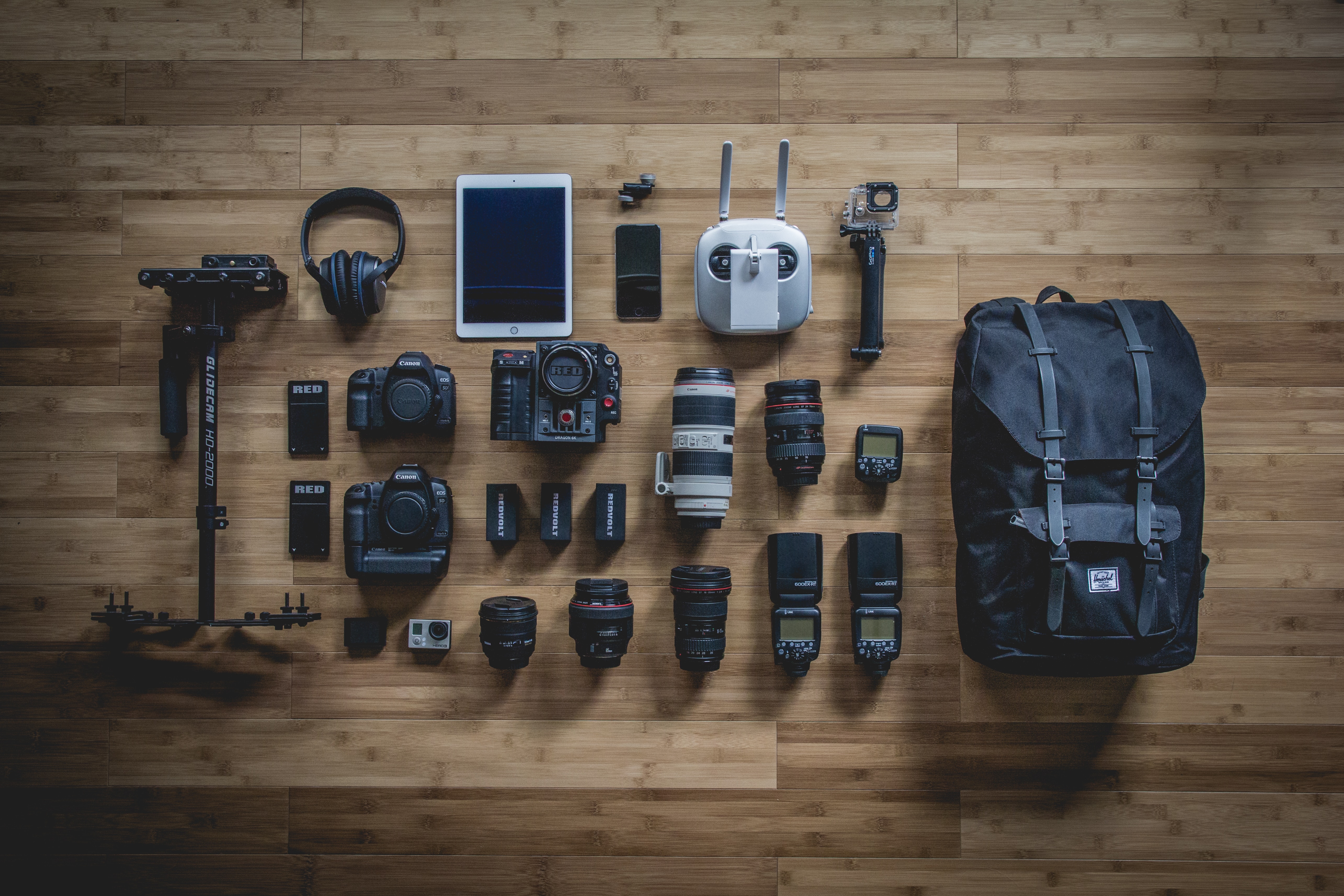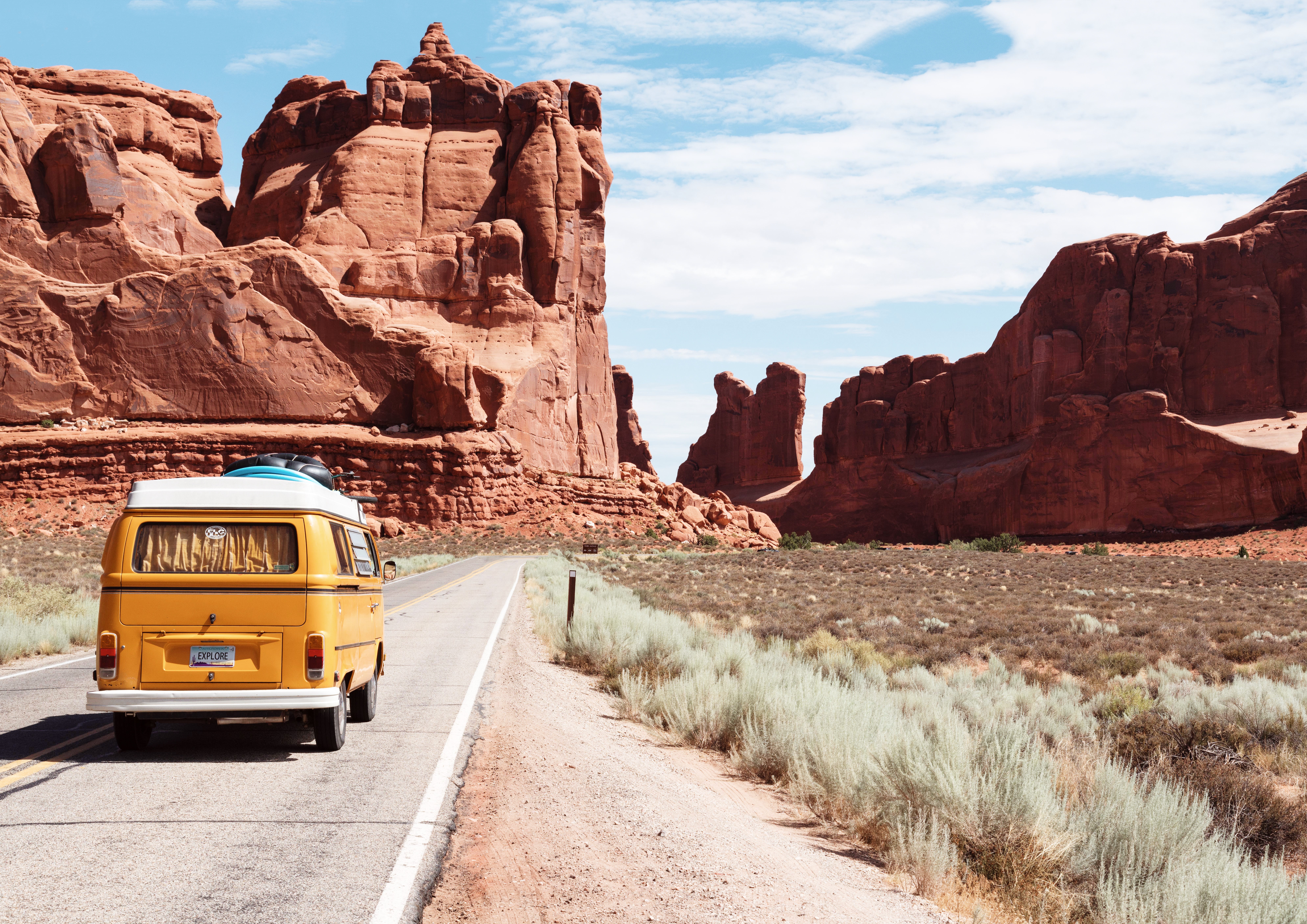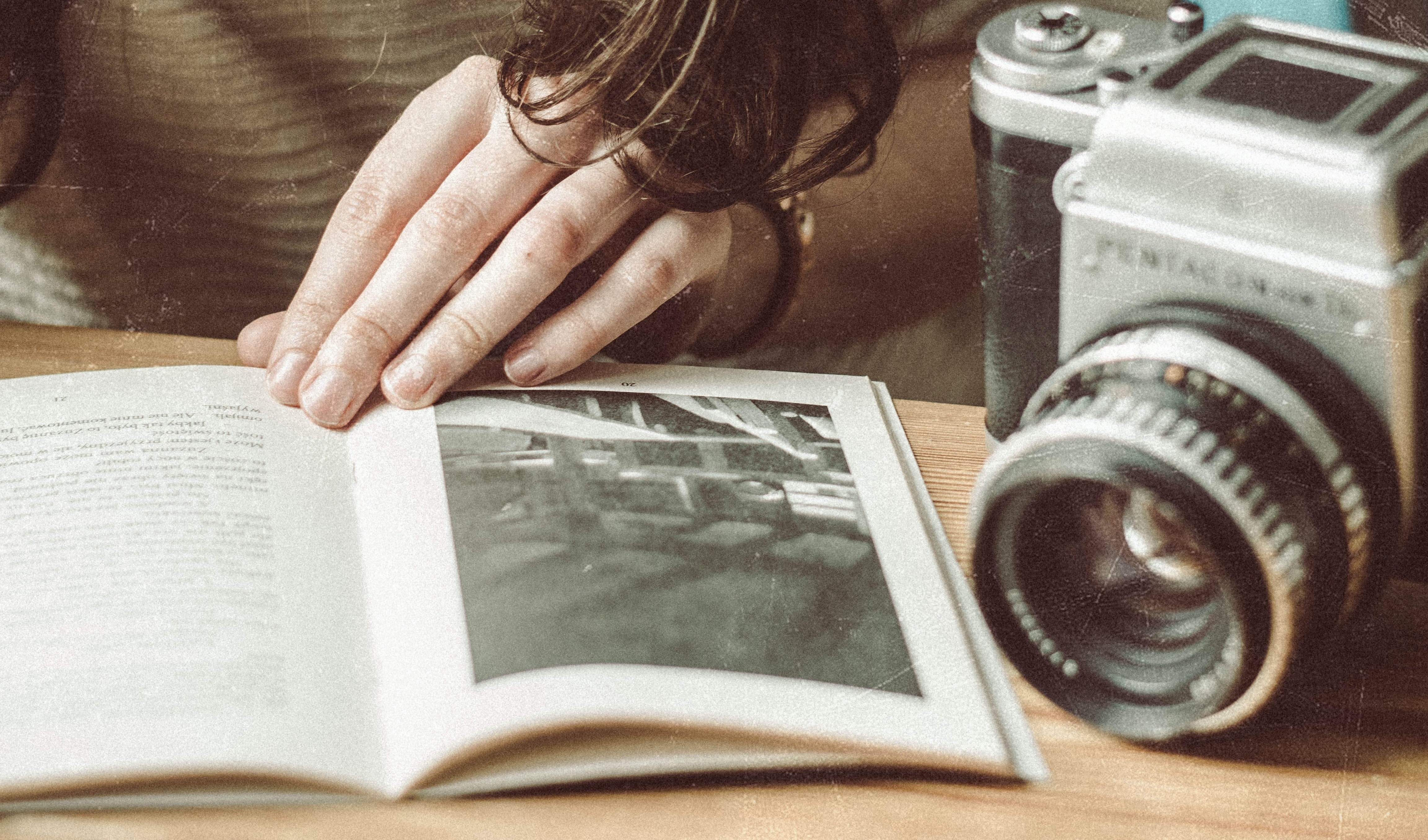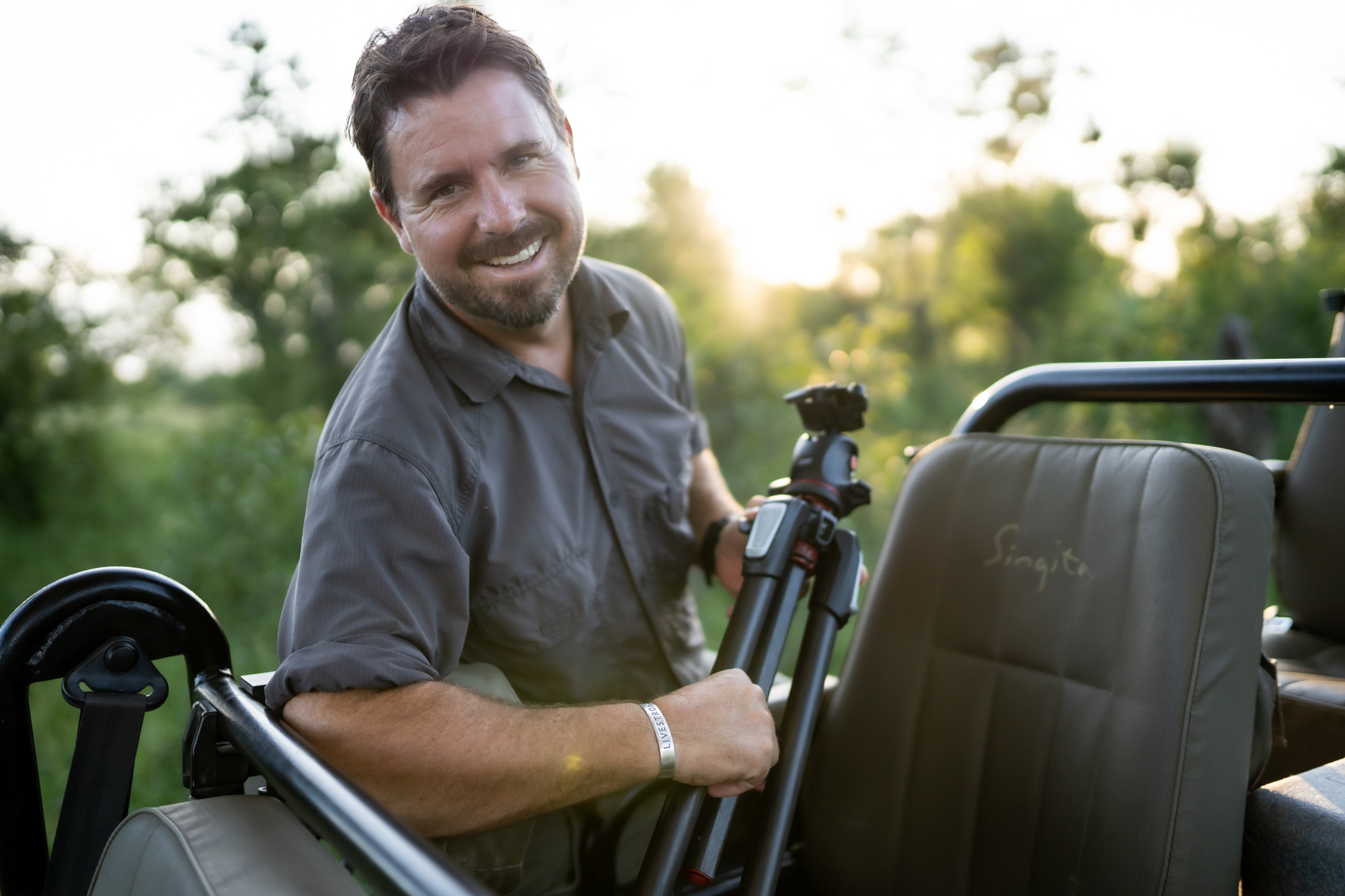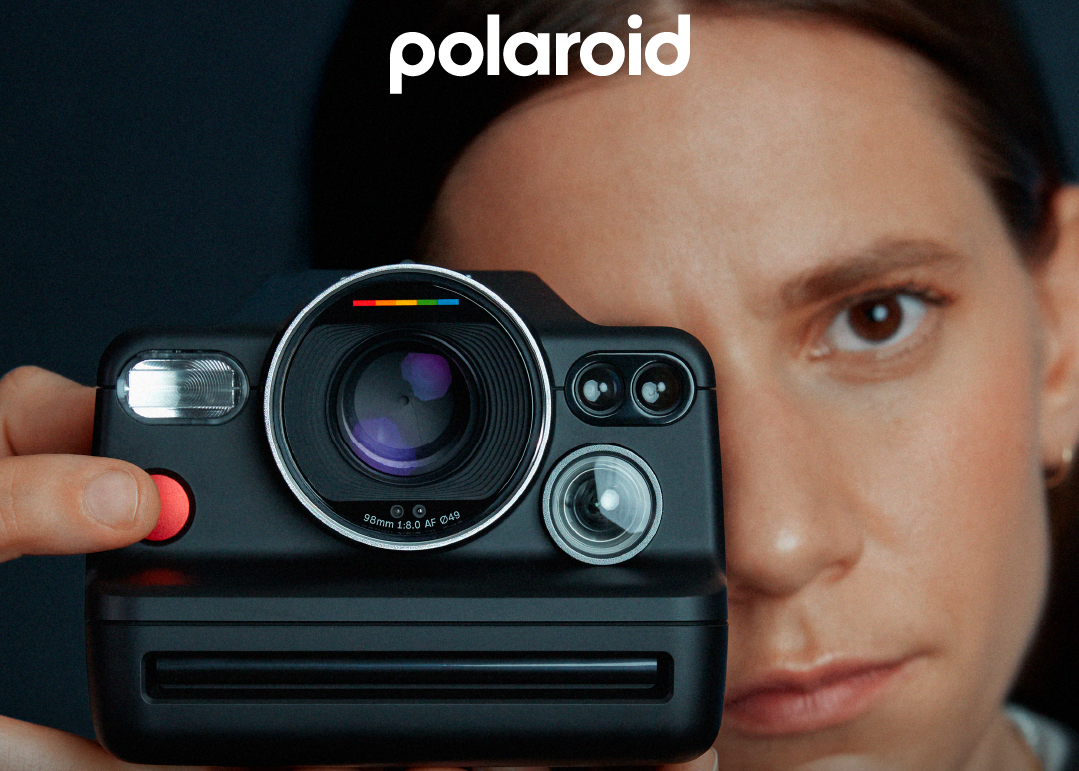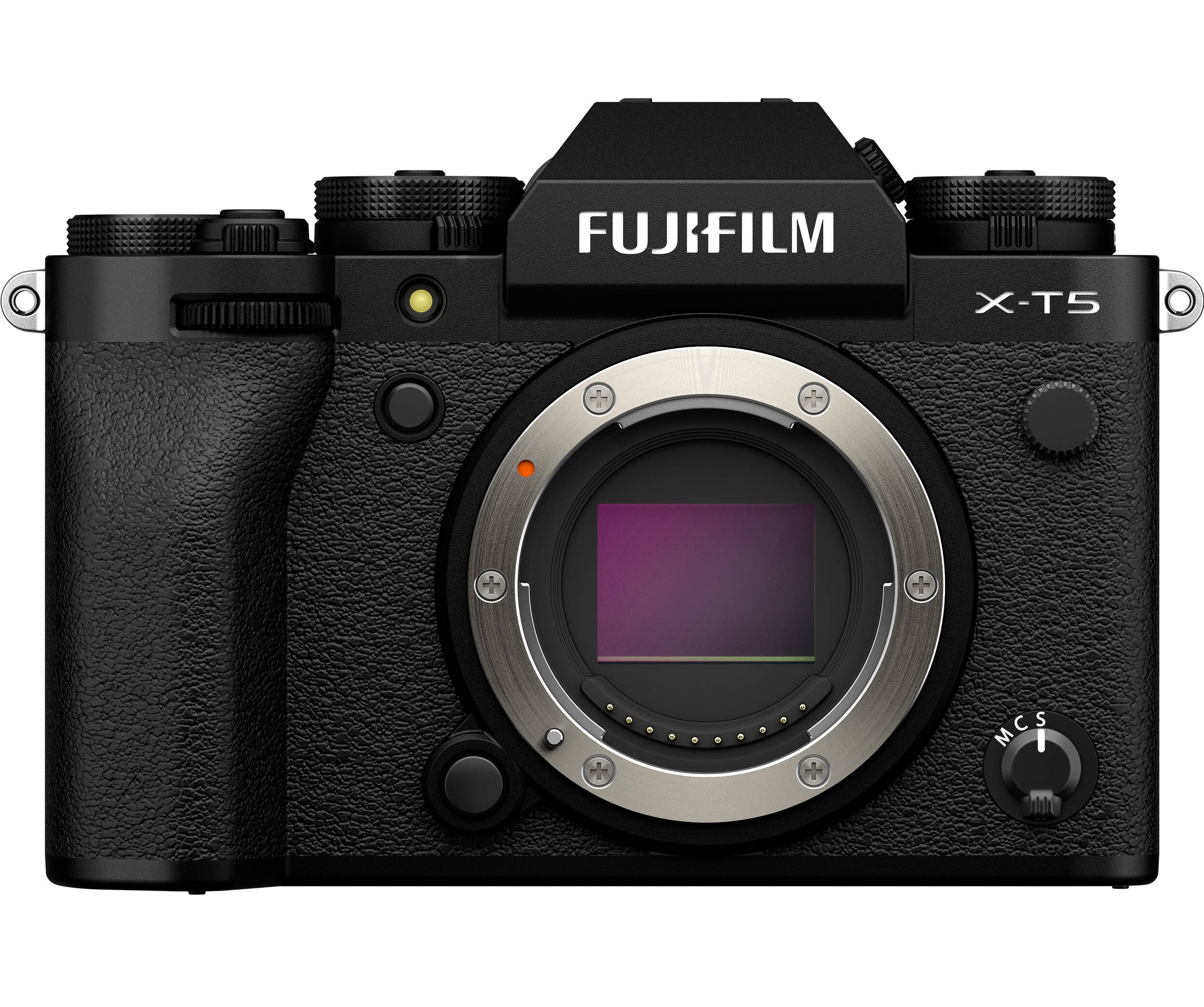Embarking on a wildlife photography trip is an exciting way to immerse yourself in the wild and experience the beauty of nature. An undertaking like this presents amazing photographic opportunities, tests your patience, perseverance and creativity as a photographer and helps you appreciate the beauty and fragility of nature.
While wildlife trips can be an exciting and unique experience, it requires careful planning and preparation to ensure you have the right gear to capture the best photos of the wildlife you encounter.
From selecting the right camera and lenses to packing the right accessories and gear, there are many factors to consider when packing for a successful trip.
Whether you’re venturing out into the wild on your own or staying at a luxury safari lodge, we’ve put together your essential guide to packing for your next wildlife adventure.
Camera
If you’re going on a photographic trip, the first thing you need to pack is your camera. If you’re lucky enough to have multiple camera bodies, your best bet is to pack in the camera with the highest performance and fastest speeds. A high-speed camera is essential for photographing wildlife as these majestic creatures can be elusive and are often reluctant to pose for the perfect picture. There are plenty of excellent cameras on the market today that are well-suited to these high-speed shooting environments, but for fast, razor-sharp images, we recommend:
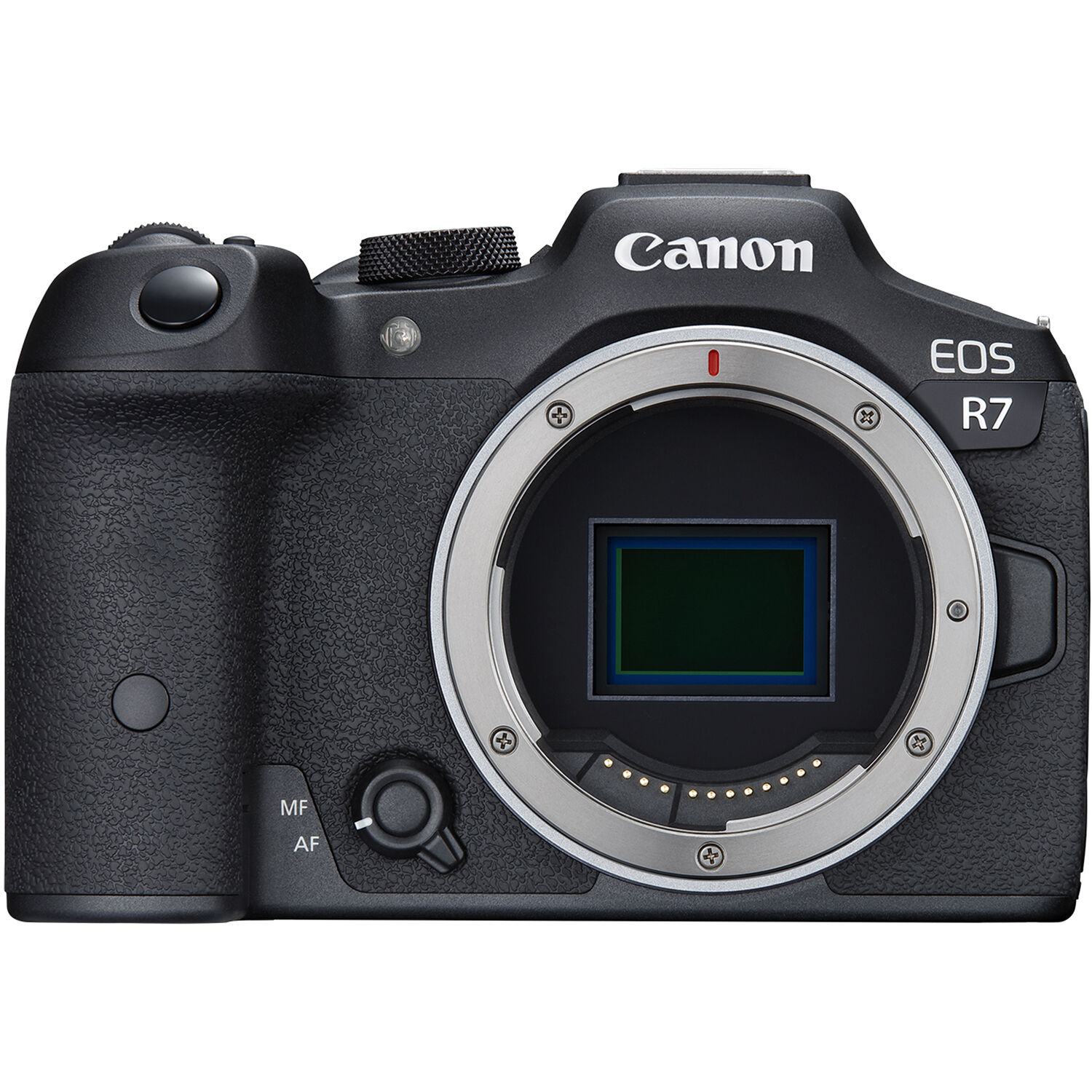
Canon EOS R7
The Canon EOS R7 is an excellent choice for wildlife photography due to its advanced autofocus system, fast burst rate, and high-resolution sensor.
The R7’s high-resolution 32.5-megapixel sensor captures incredibly detailed images, allowing you to crop and zoom in on your subject without compromising image quality. With 651 autofocus points covering nearly 100% of the frame, the camera can track and capture fast-moving wildlife with remarkable precision and speed. The camera boasts a fast burst rate of up to 30 frames per second, allowing you to capture a series of images in quick succession, ensuring you don’t miss any critical moments.
Shooting in the bush means that your gear will be exposed to the elements, so it’s a good thing the R7’s weather-sealed construction makes it resistant to dust, moisture, and extreme temperatures, making it the perfect companion for outdoor wildlife photography. All of these features make the Canon EOS R7 an outstanding choice for wildlife photographers who demand the best performance from their equipment.
Binoculars
Binoculars are essential for a successful wildlife photography trip because they can assist you significantly in tracking and locating animals in the wild. They help with recognising and observing specific animal behaviours as well as identifying potential hazards or obstacles that may affect your shooting experience, such as unfavourable weather conditions or the presence of other wildlife or people. Moreover, binoculars can help you assess the lighting and composition of a scene before you take your shot, allowing you to adjust your camera settings and composition to ensure a successful wildlife shoot. For unobstructed, crystal-clear views, we recommend:
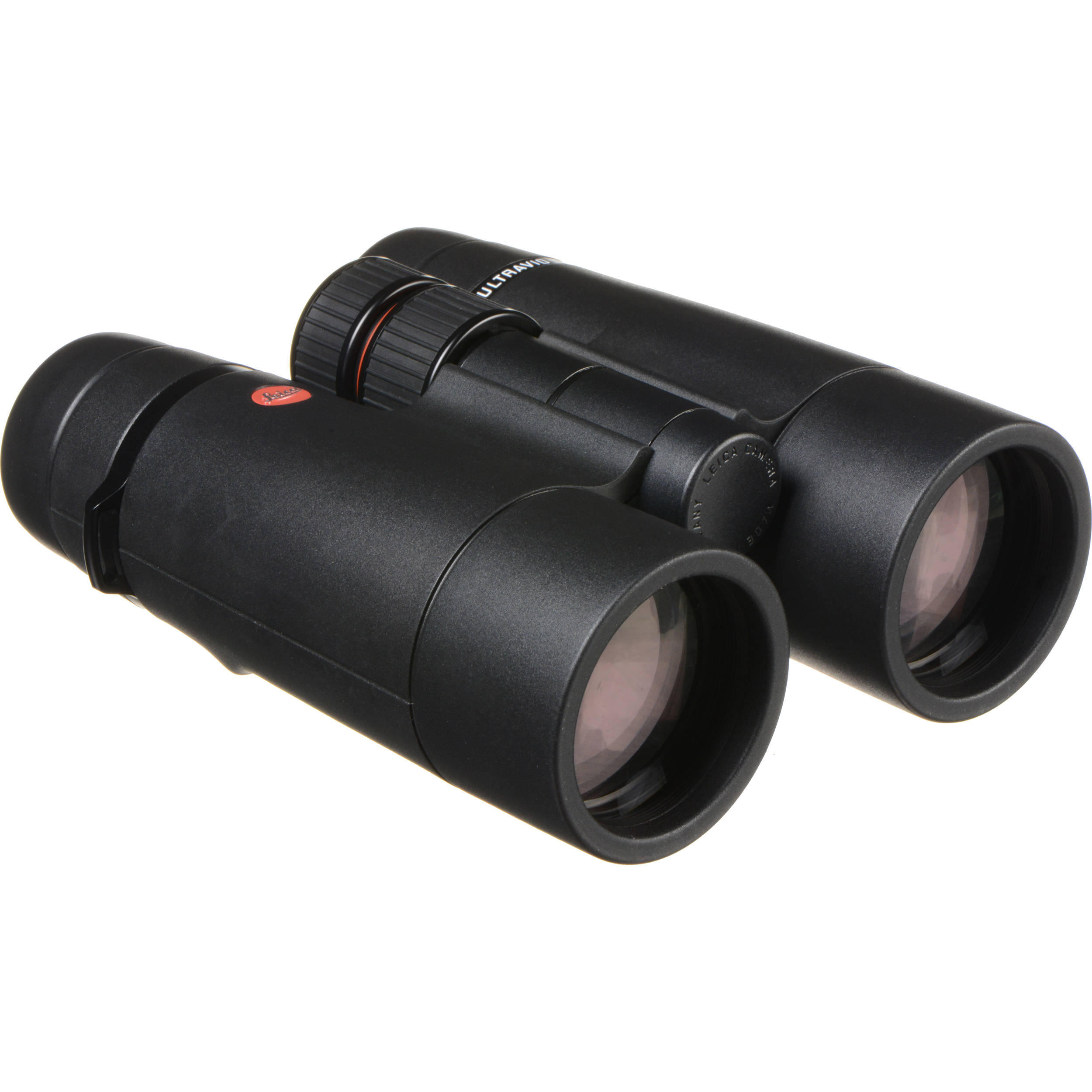
Leica Ultravid 10×42 HD Plus Binoculars
The Leica Ultravid 10×42 HD Plus Binoculars offer exceptional performance in a compact and lightweight package. With its 10x magnification and 42mm objective lens, this binocular provides a bright, sharp image with outstanding colour and contrast. Its rugged construction and waterproof design make it ideal for outdoor activities, like shooting in the wild. Its easy-to-use focusing system ensures precise focus in any situation. Whether you are birdwatching, tracking a black rhino or keeping a safe distance from the ferocious African big cats, the Leica Ultravid 10×42 HD Plus Binoculars offer an unparalleled viewing experience in a small and portable format.
Telephoto Lens
Telephoto lenses are crucial for wildlife photography as they allow photographers to capture distant and fast-moving subjects with great detail and clarity. With their long focal length, zoom capabilities, and narrow depth of field, telephoto lenses create a compressed perspective, isolate subjects from distracting backgrounds, and produce beautiful bokeh. They also offer image stabilisation technology to reduce camera shake and produce sharper images. All these features make telephoto lenses an indispensable tool for wildlife photographers looking to capture stunning images of animals in their natural habitats. Most major camera brands, as well as third-party manufacturers, produce fantastic telephoto lenses. For your next wildlife photography trip, we recommend:
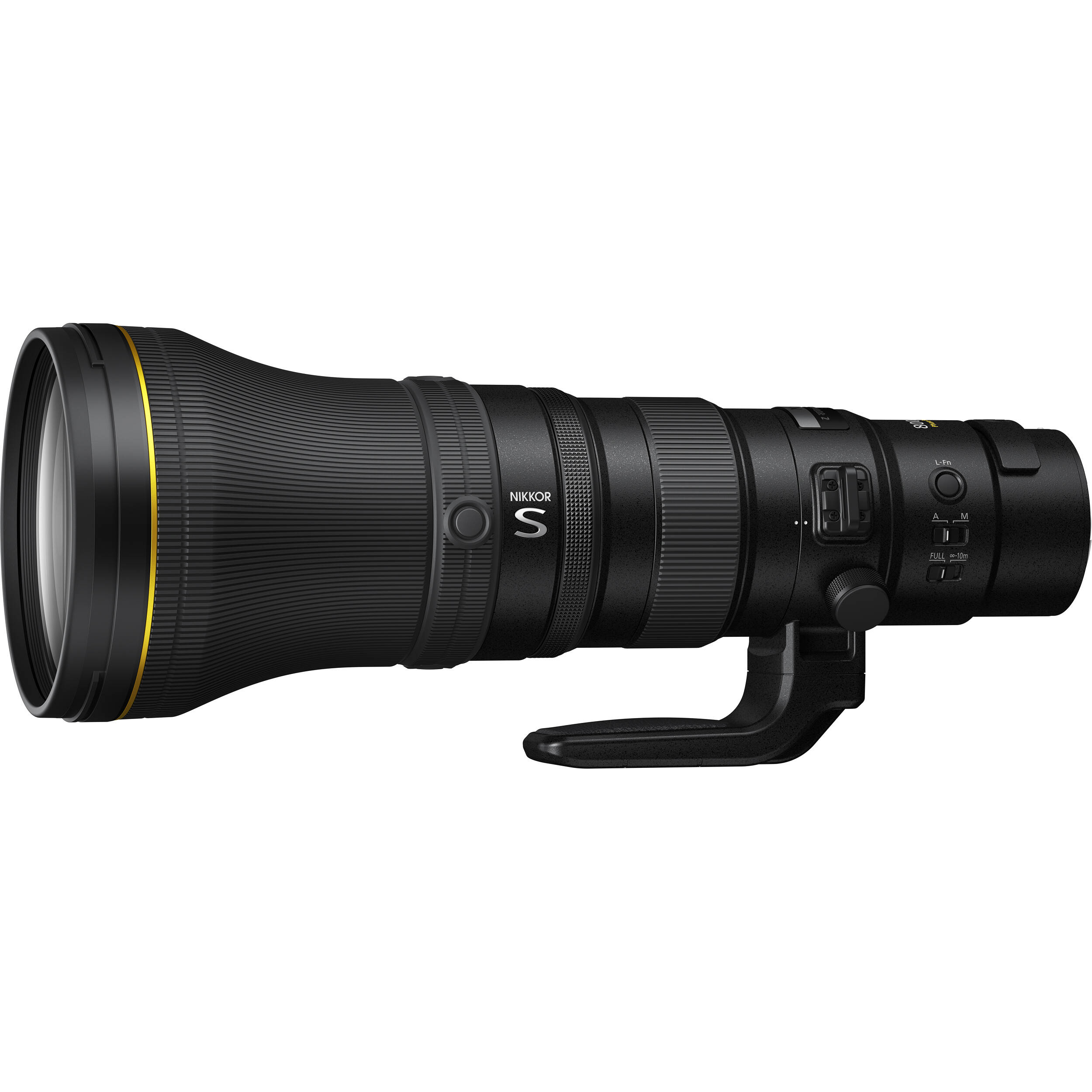
Nikon NIKKOR Z 800mm f/6.3 VR S Lens
The Nikon NIKKOR Z 800mm f/6.3 VR S Lens is a powerful telephoto zoom lens with exceptional image quality and versatility. Its focal length range is ideal for wildlife photography. The lens features vibration reduction technology that minimises camera shake and allows for shooting in low light conditions. Its durable and weather-sealed construction makes it suitable in challenging outdoor environments like the Khalari Desert or the Okavango Delta. With the Nikon NIKKOR Z 800mm f/6.3 VR S Lens, you can capture stunning images of diverse African wildlife with ease.
Camera Bags
Besides your camera and lens, your camera bag is the most essential piece of equipment you’ll need on your wildlife photography trip. Without a durable and accessible camera bag, you’ll end up misplacing your gear, damaging your equipment, and be forced to carry expensive and fragile gear. A lightweight camera bag with great padding, numerous pockets and excellent weather protection is what you need on your next wildlife adventure, and that’s why we recommend:
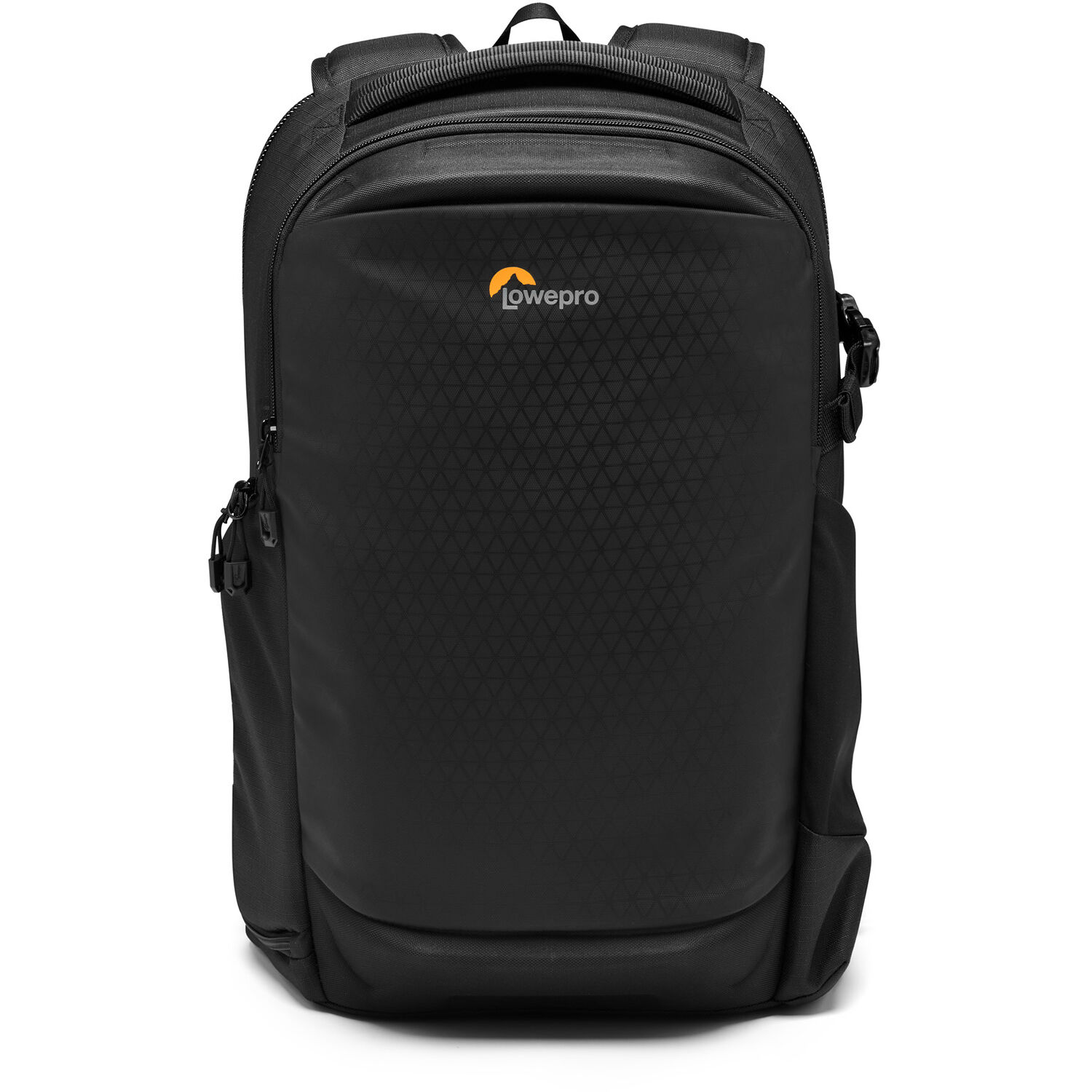
Lowepro Flipside Backpack 300 AW III
The Lowepro Flipside Backpack 300 AW III is a versatile and durable camera backpack designed to keep your photography equipment safe and organised while meandering through the bushveld. It features a secure back-entry compartment that can fit your mirrorless or DSLR camera with an attached lens, 4 to 5 additional lenses, and multiple accessories, while the front pocket provides quick access to smaller items such as your smartphone or keys. The backpack is equipped with an All Weather AW Cover to protect your gear from rain, dust, and sand, and its padded shoulder straps and waist belt allow for comfortable transportation over extended periods.
Tripods
Wildlife photography often requires hefty, long lenses, which can be heavy and difficult to hold steady by hand. A tripod provides a stable and secure platform for your camera. It helps to reduce camera shake and allows you to capture sharp and detailed images. As any wildlife photographer will tell you, getting that perfect shot often requires waiting hours for an animal to show up and be perfectly positioned. A tripod can help you stay comfortable and stable during long waiting periods, reducing fatigue and allowing you to stay focused on the task at hand. For ultimate stability, we recommend:
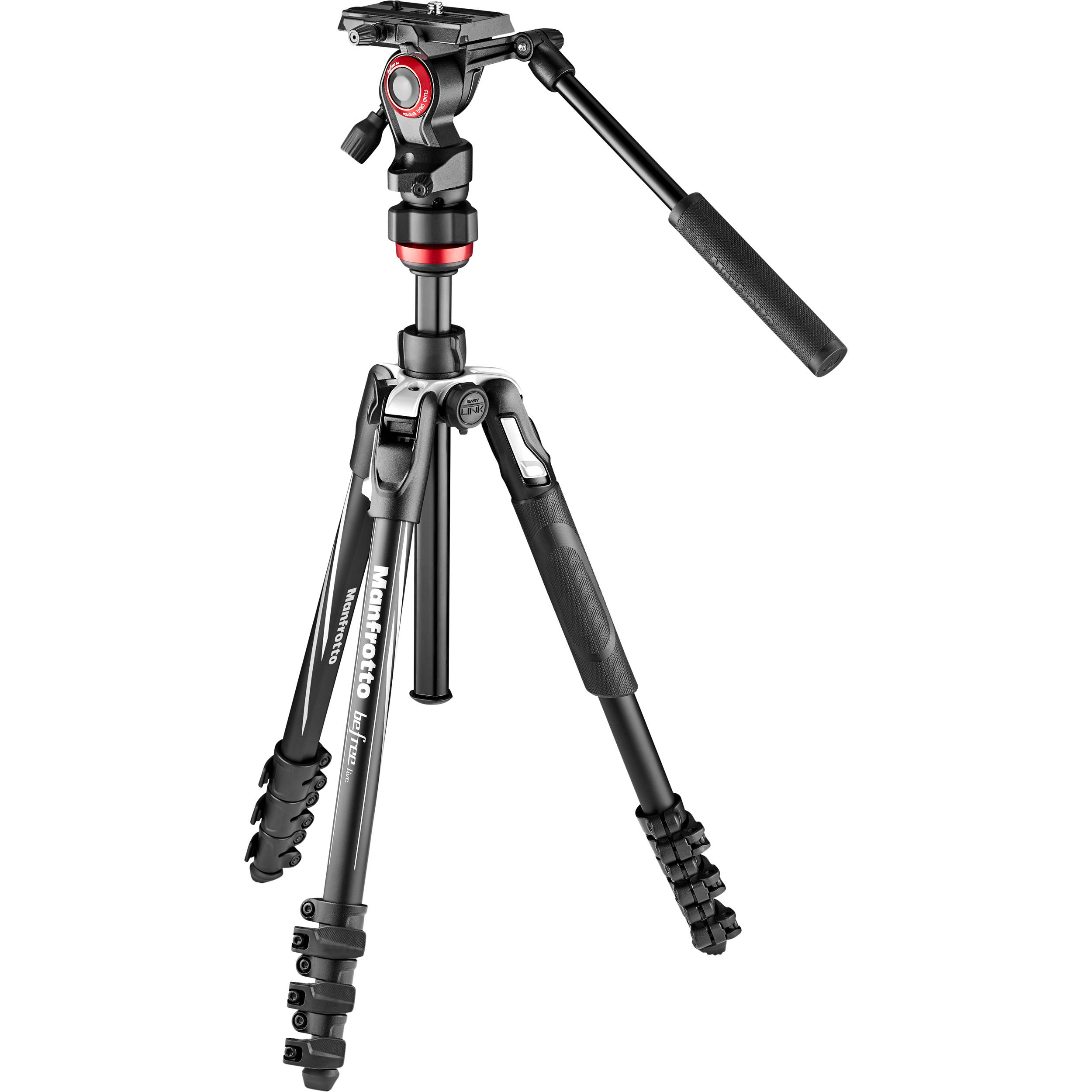
Manfrotto MVKBFRL-LIVE Befree Live Aluminium Lever-Lock Tripod with Befree Live Video Head
The Manfrotto MVKBFRL-LIVE Befree Live Aluminium Lever-Lock Tripod with Befree Live Video Head is an excellent choice for wildlife photography and videography thanks to its incredible stability, fluid and precise movements and high maximum load capacity. Due to the unpredictability of capturing wildlife, you will need a tripod that can keep your camera steady in all conditions. The Manfrotto Befree Live tripod has a maximum load capacity of 4 kg, making it capable of supporting large, heavy lenses and bulky DSLRs. The Befree Live Video Head on the tripod provides smooth and precise movements, essential for capturing shake-free wildlife footage. The video head has fluid cartridges on both the pan and tilt axes, which ensures smooth and controlled movements, and it also has a side-lock mechanism that allows you to balance the weight of your camera setup easily. The tripod’s lever-lock leg system has quick and easy height adjustments, which can be very useful when you need to quickly adjust the height of your tripod in response to changes in the position of your subject or lighting conditions.
Rain and Dust Cover
Shooting out in the wild means that you should be prepared for anything. Not only do you need to protect yourself from the wildlife, but you also need to protect your gear from the elements. Rain and dust are the main culprits obstructing your lens and messing with your equipment when shooting out in the bushveld. Even if the weatherman has predicted clear skies for your adventure, it’s best to be prepared for anything. For excellent coverage and protection, we recommend:
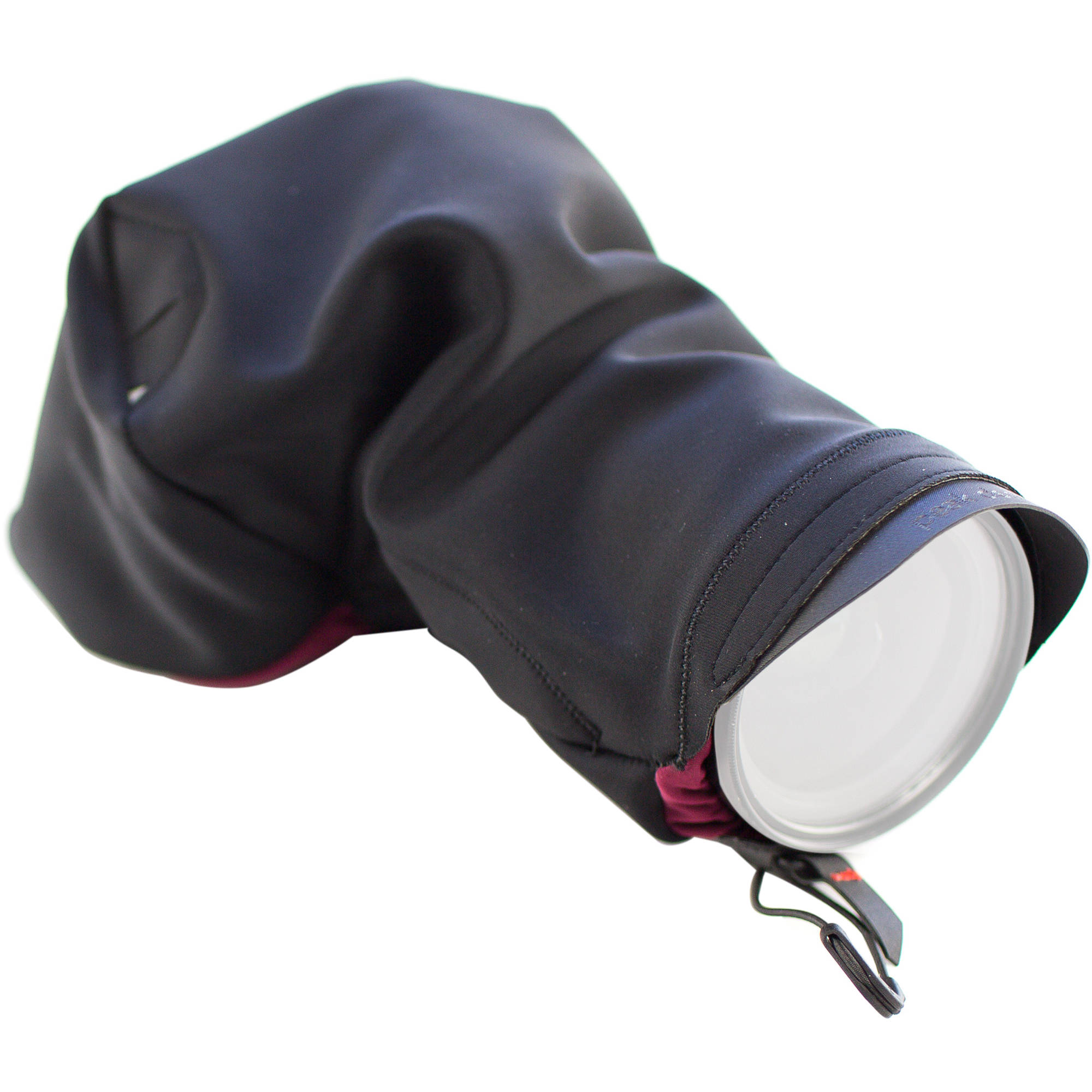
Peak Design Shell Rain and Dust Form-Fitting Camera Cover
The Peak Design Shell Rain and Dust Form-Fitting Camera Cover will protect your camera from water, snow, dust and abrasion. The Shell has a unique form-fitting design made from a stretchable fabric with a waterproof membrane to keep your camera safe without impeding your workflow. This ultralight, form-fitting rain and dust cover suits all cameras, so you needn’t worry about bringing different covers for each of your camera bodies.
Cleaning Kit
Wildlife photography often occurs in dusty and dirty environments. This dust and dirt can quickly and easily accumulate on your camera’s lens and body. If left uncleaned, this can decrease image quality and damage the camera’s internal components. A camera cleaning kit lets you quickly and easily remove dust and dirt from your gear.
Water, dust and dirt are the main elements negatively affecting photographers out in the field. If you’ve spent the day out in the sun and the rain photographing the big five, and your gear comes out unscathed, it is still in best practice to give your equipment a clean so as not to harbour harmful particles in the nooks and crannies of your gear. We recommend:
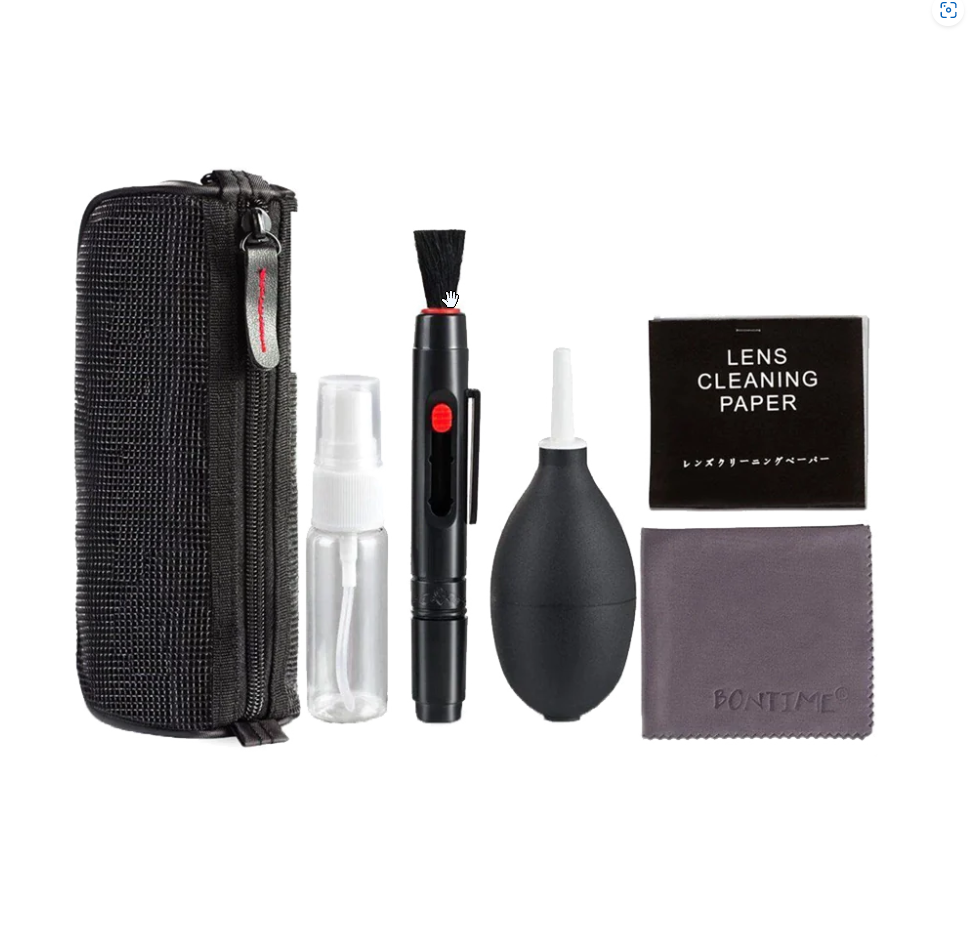
The Orms Cleaning Kit
The Orms Cleaning Kit is the perfect solution and kit to carry with you on all your wildlife adventures. The Cleaning Kit consists of a microfiber cloth, an air dust blower, a cleaning spray, and cleaning paper, all designed to keep your photographic gear in pristine condition.

